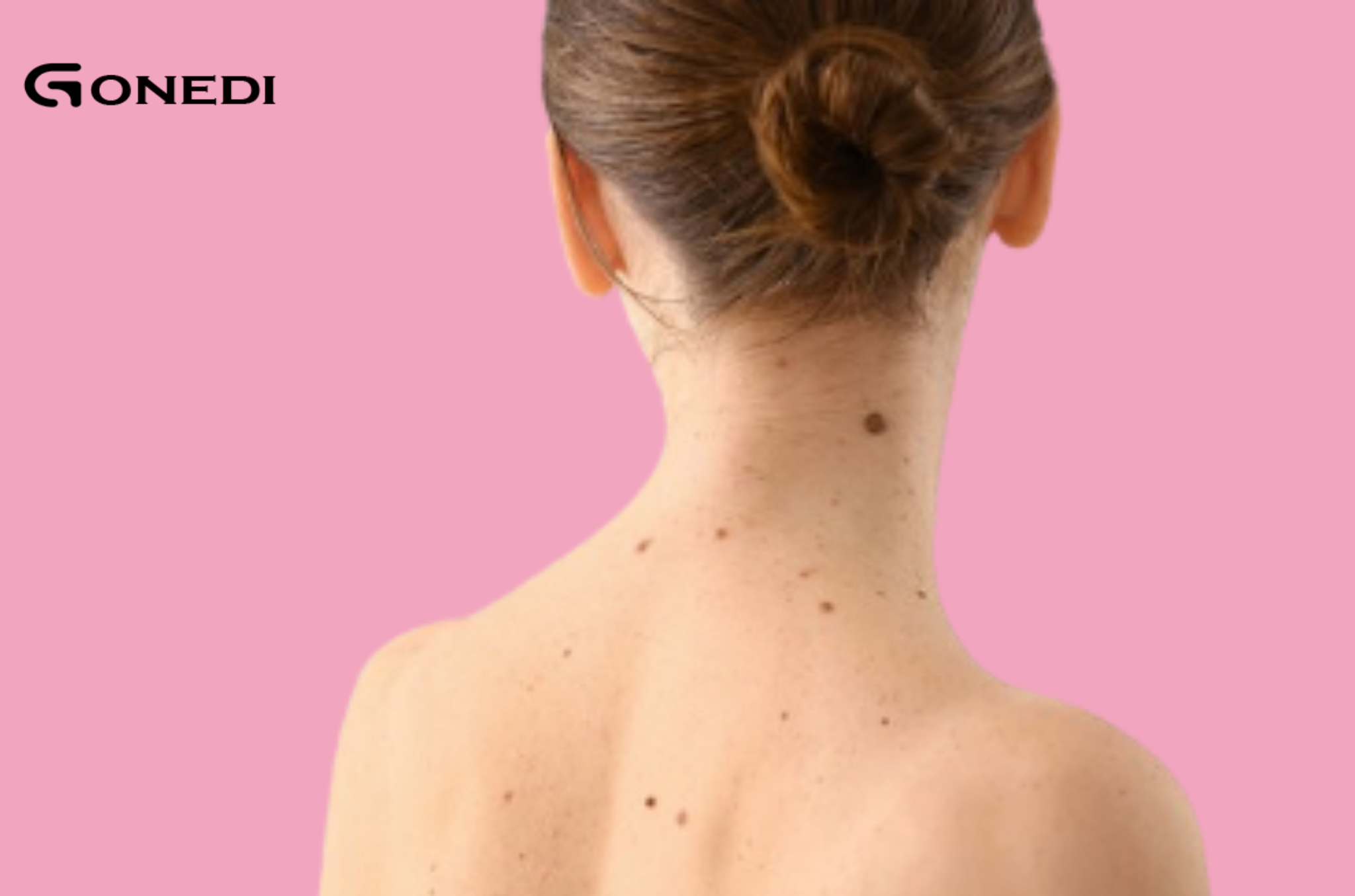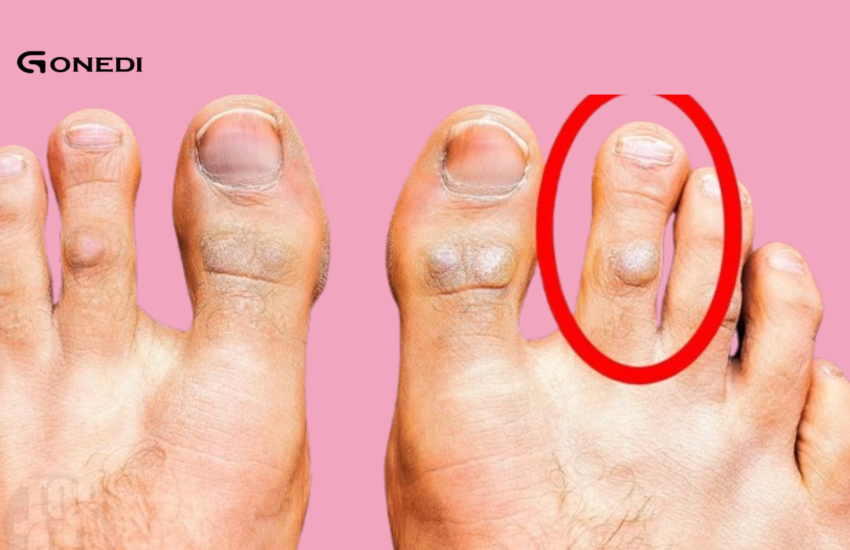If You Have a Mole in One of These 6 Places on Your Body, It Could Be a Sign You Need to Pay Attention To
Introduction
Moles are common skin growths that affect most people, but not all are created equal. While most are harmless, some moles in specific locations on the body may increase the risk of skin cancer, particularly melanoma. Recognizing these unusual spots is essential for identifying potential health problems early. In this article, we’ll explore six areas on the body where moles may indicate a higher risk, and why you should monitor them closely.
- Scalp
Moles on the scalp are often overlooked because they’re difficult to see without a mirror or a full shave. These moles can be complicated because they may be hidden by hair, delaying the detection of any changes in size, color, or shape. The scalp is a common site for melanoma, but because people don’t typically examine this area closely, changes can go unnoticed.
Cause for concern: Scalp melanoma can spread quickly because the skin there is thinner and can be missed during routine checkups. If a mole on your scalp begins to grow, itch, bleed, or change color, it should be evaluated by a dermatologist.
- On the soles of the feet
Moles or spots on the soles of the feet are less common, and many neglect to examine this area regularly. These moles can be easily overlooked because they are only visible when bending over or removing shoes. Additionally, they can be easily mistaken for calluses or scars.
Cause for concern: A mole on the soles of the feet could be a sign of cicatricial melanoma, a rare but serious form of melanoma that tends to appear in areas not exposed to the sun, such as the palms of the hands, soles of the feet, and under the nails. This type of melanoma is more common in people with darker skin.
- Under the nails
Moles or discoloration under the nails are often mistaken for bruises, dirt, or other minor skin irritations. However, a new or discolored spot under the nail could be a warning sign of subungual melanoma, a rare form of melanoma that appears under the nails, usually on the thumb or big toe.
Cause for concern: If a mole under your nail grows larger, changes color, or causes pain, it could be malignant. Any discoloration or black line under the nail, especially if it doesn’t fade over time, should be checked by a specialist.
- On the back of the neck or shoulders
While most people check their face and arms for any skin changes, the back of the neck and shoulders are often overlooked. These areas are regularly exposed to the sun, increasing the likelihood of damage and the development of skin cancer over time.
Cause for concern: Moles in these areas are often in areas with frequent sun exposure, making them more susceptible to changes. If a mole on your neck or shoulder becomes raised, irregular in shape, or begins to itch or bleed, it’s worth getting checked.
- Lower Back
Moles on the lower back can be difficult to spot without medical help, but these spots are worth noting, especially if they start to change. Because this area is often covered by clothing and hidden from view, many people don’t monitor moles there closely.
Cause for Concern: The lower back is a common site for atypical or “dangerous” moles, including those that develop into skin cancer. Moles here should be checked for symmetry, irregular borders, discoloration, or bleeding.
- Around the Face or Eyes
Moles on or around the face, especially near the eyes, shouldn’t be ignored. These areas are exposed to the sun, and the skin here is more sensitive. Although moles on the face are common, any changes in size, shape, or color should be taken seriously.
Cause for Concern: Melanoma on the face can spread quickly due to the thinness of the skin. If a mole around your eyes, ears, or lips grows asymmetrically or changes color (especially to black, blue, or red), it could be a sign of melanoma skin cancer.
Conclusion
While moles are generally harmless, some—especially those in these six areas—may indicate potential health risks, including skin cancer. Regularly checking your moles, especially in hard-to-see areas, can make a big difference in early detection of skin cancer. If you notice any changes in your moles or discover new ones in these areas, it’s essential to consult a dermatologist. Early detection is key to successful treatment, so don’t hesitate to seek medical advice.
Call to Action
Make sure you regularly check your entire body, including areas that are often overlooked. If you notice anything unusual or concerning, don’t hesitate to book an appointment with your healthcare provider for a skin check. Your skin health matters! Notes for expansion:
The ABCDE rule: You can mention the ABCDE rule for examining moles (asymmetry, border, color, diameter, and evolution) to help readers identify worrisome moles.
Risk factors: You may want to add a brief section about common risk factors for skin cancer (such as skiing and snowboarding).


